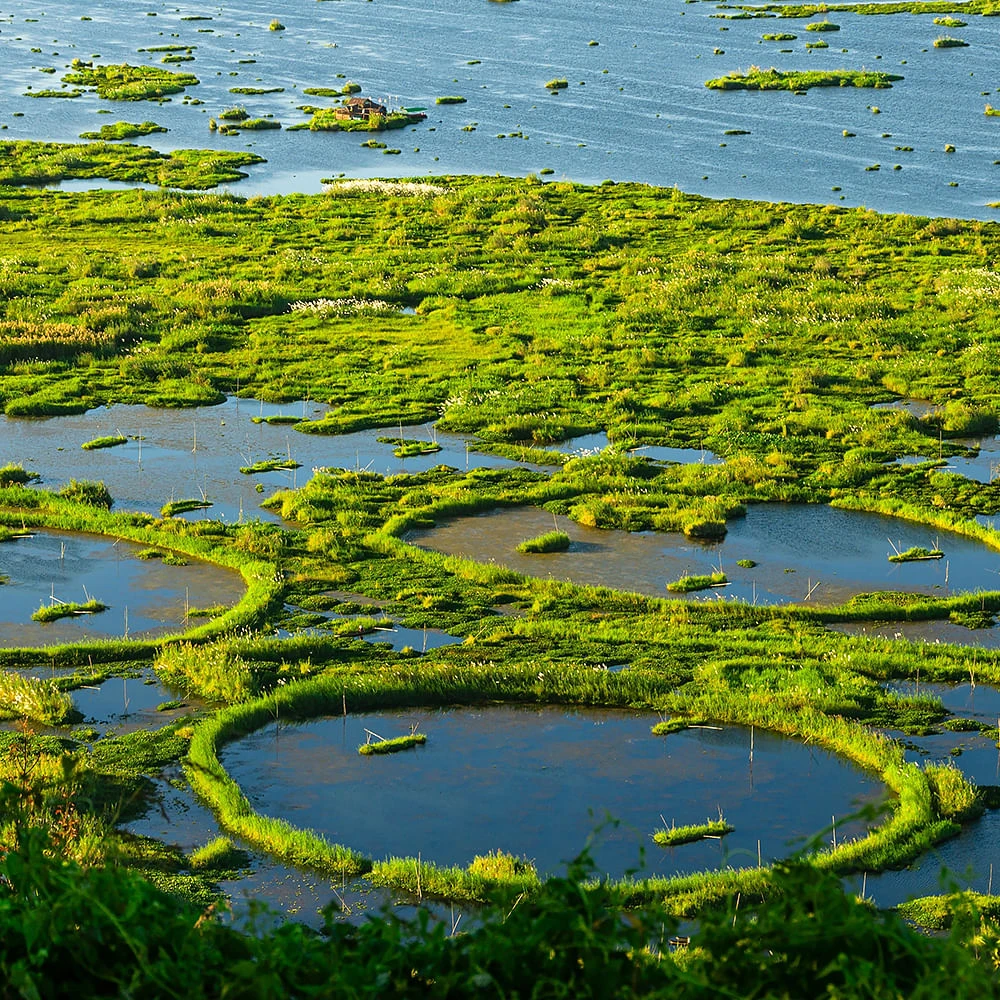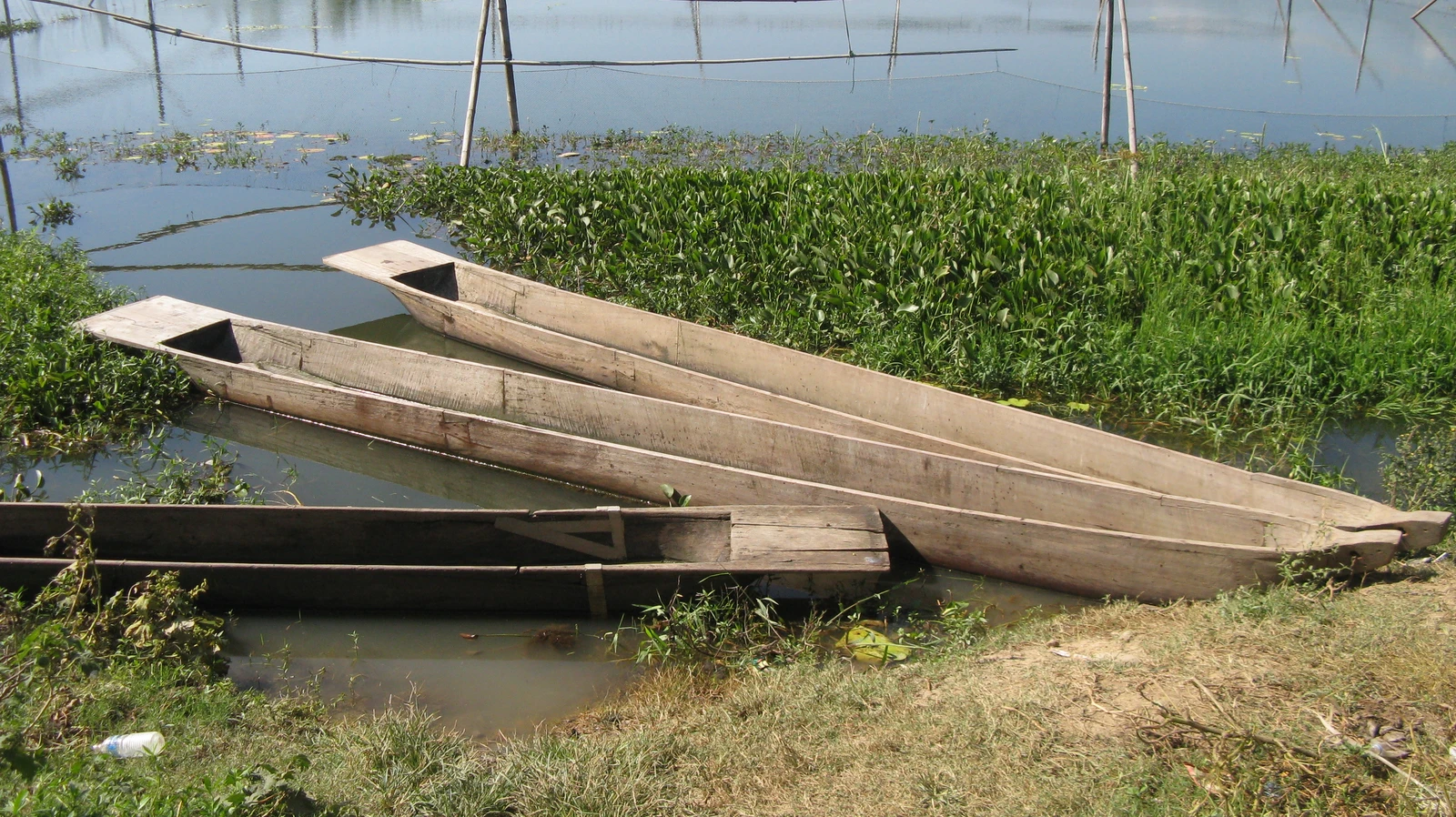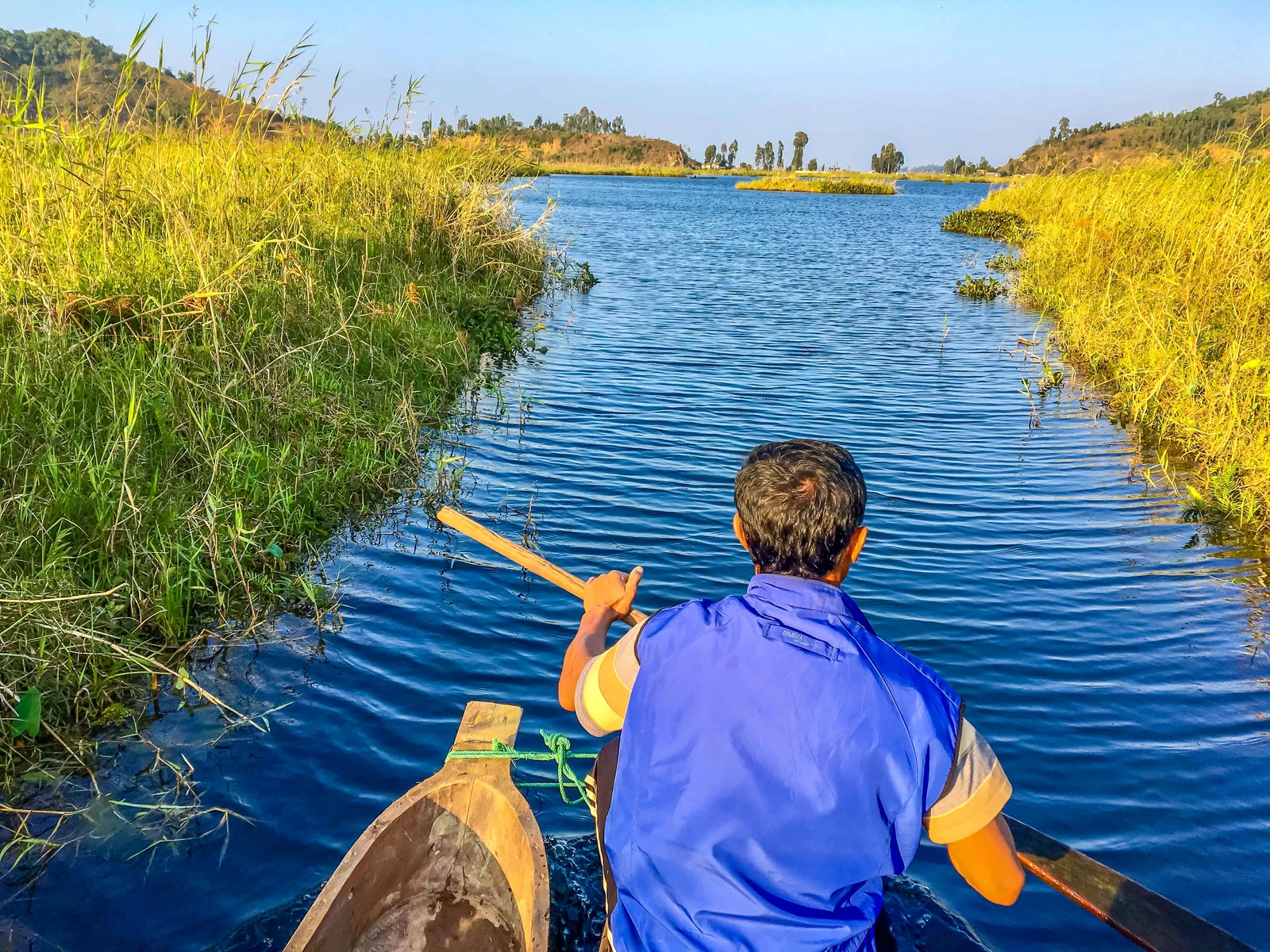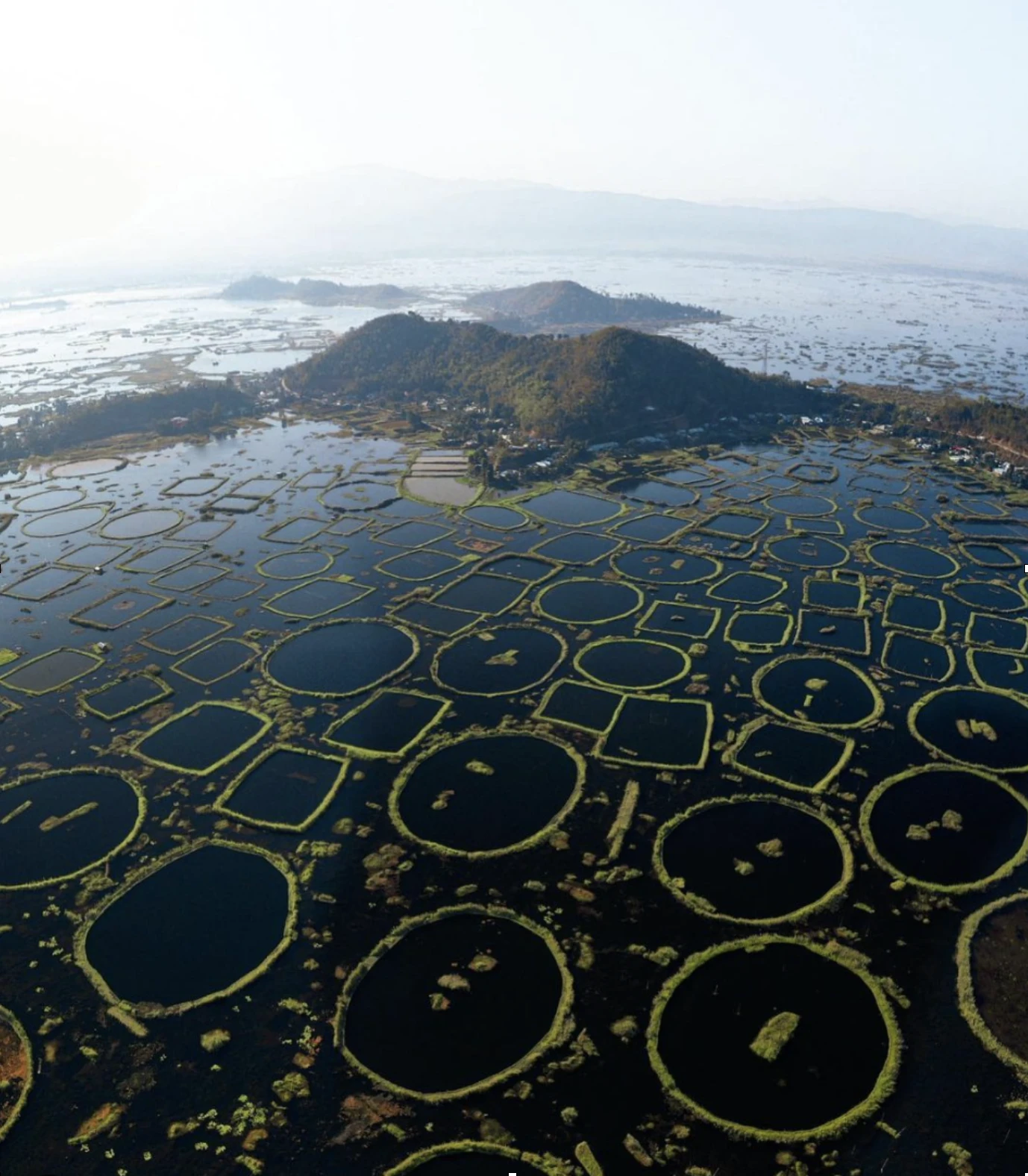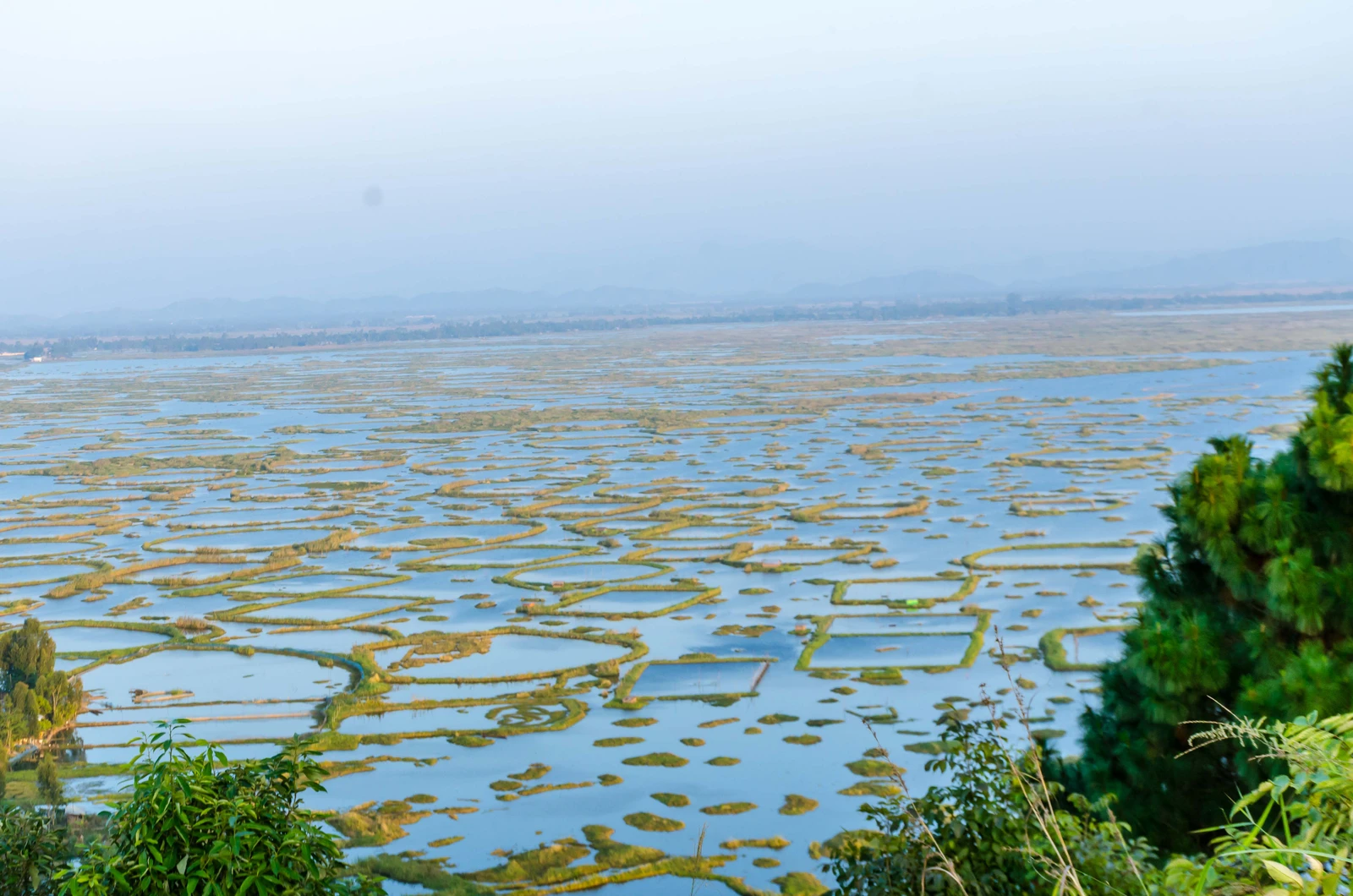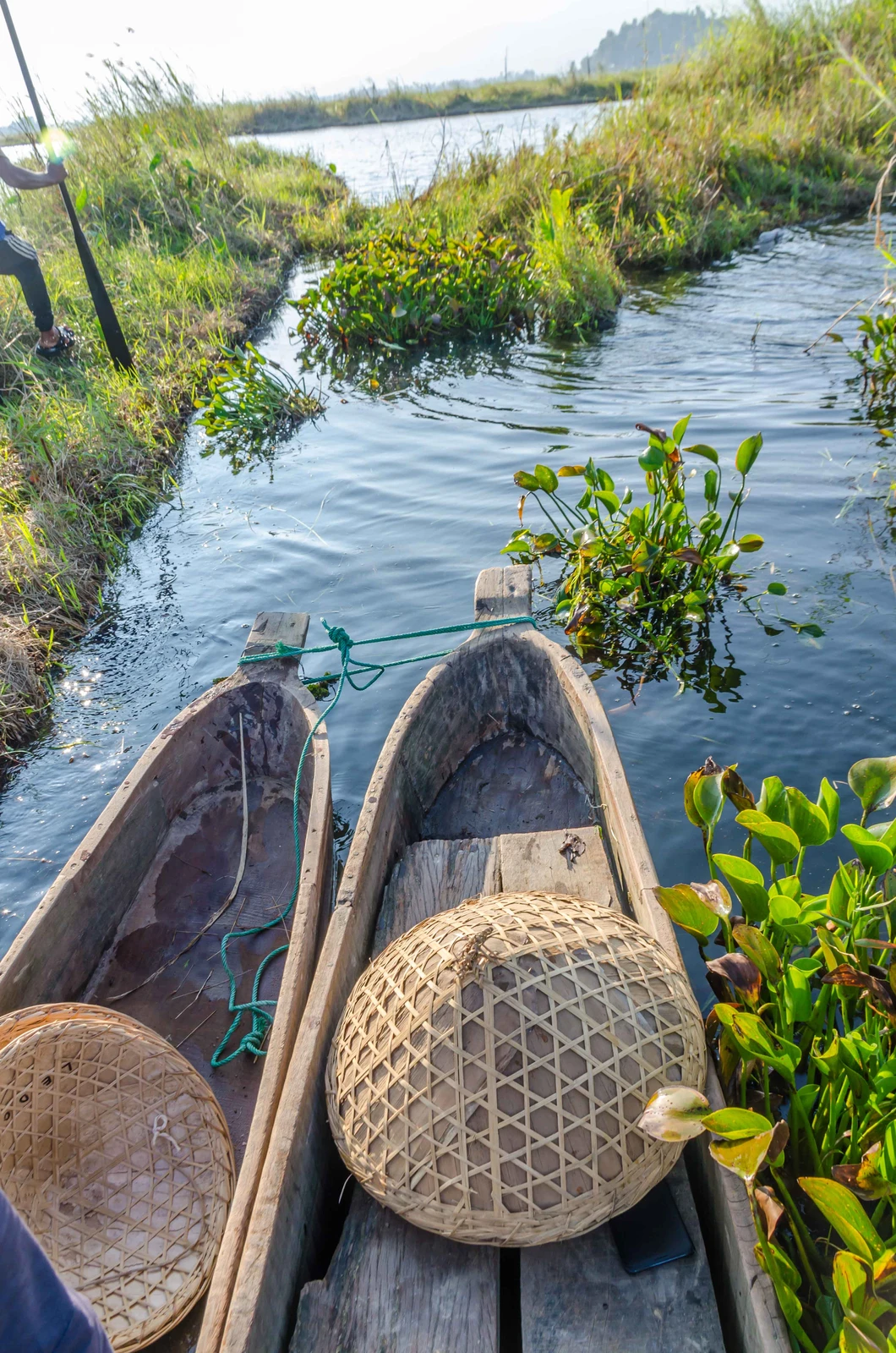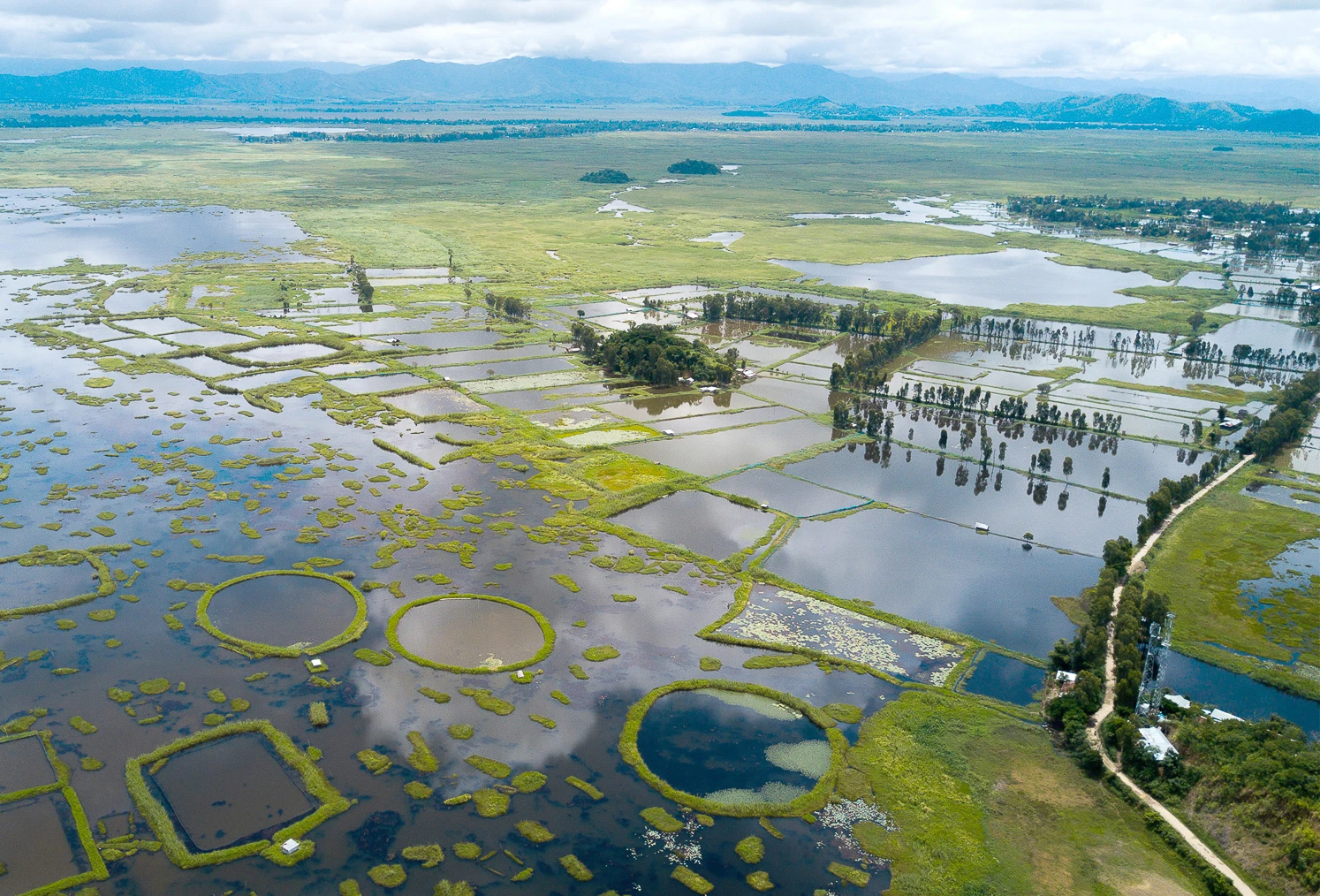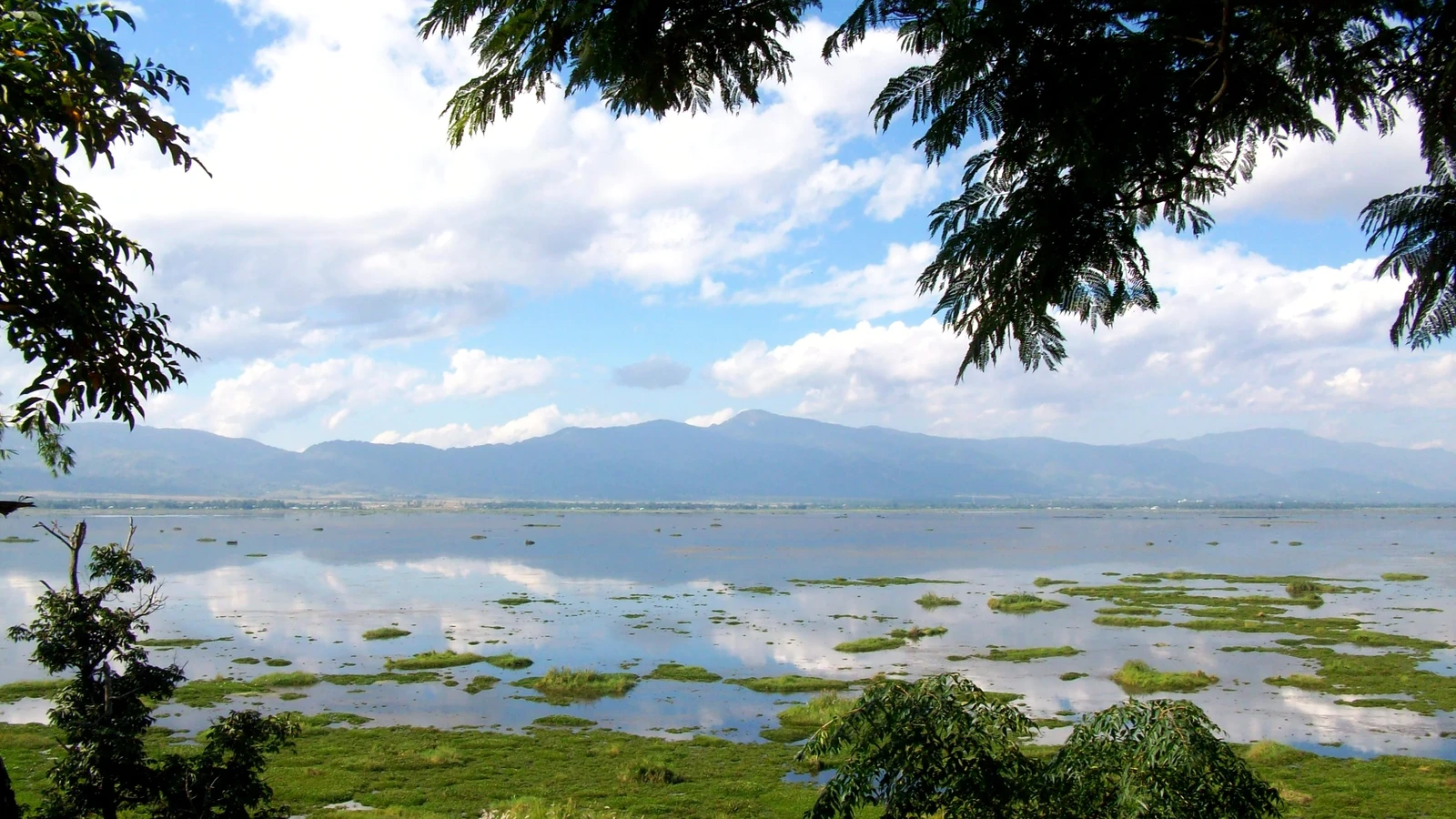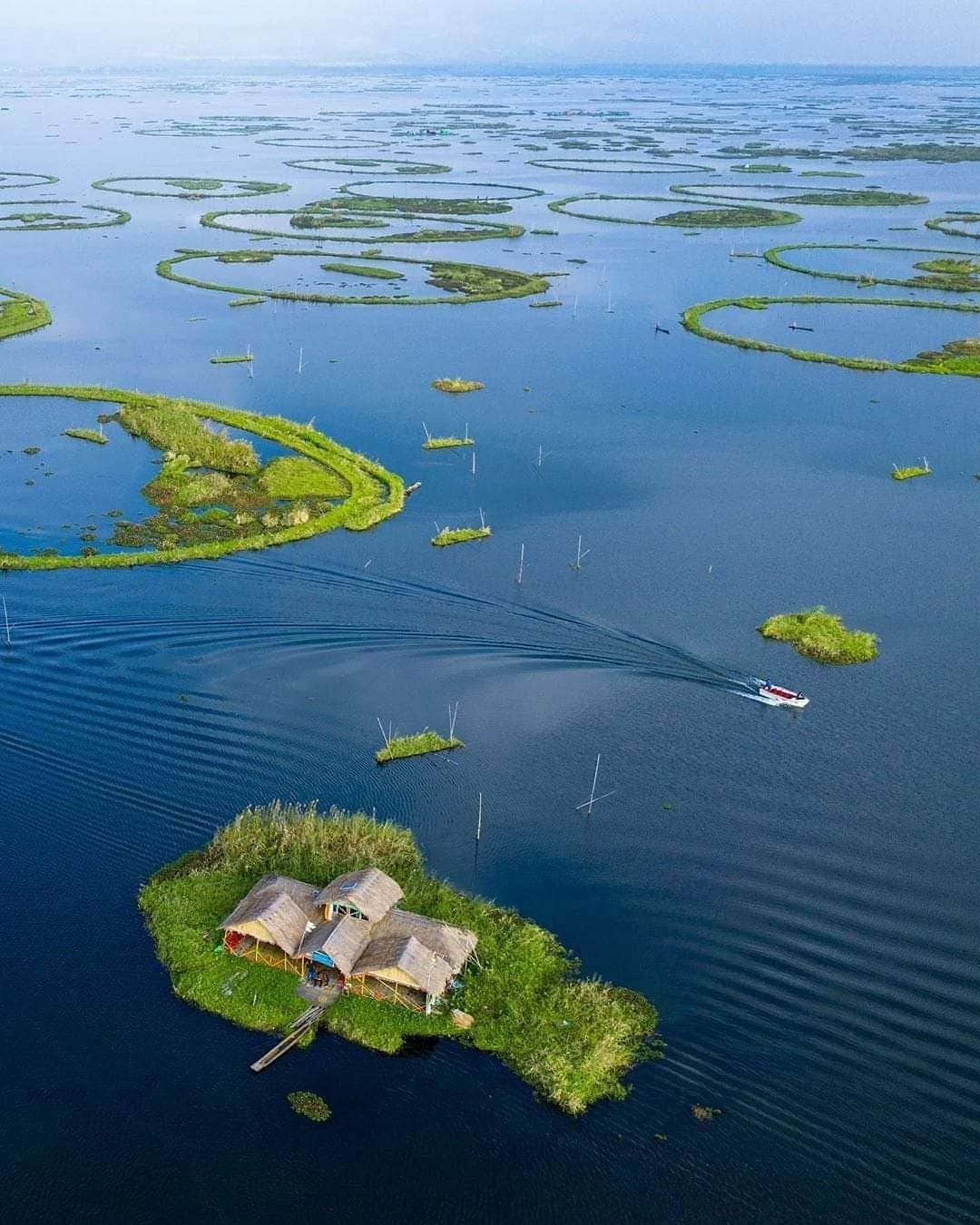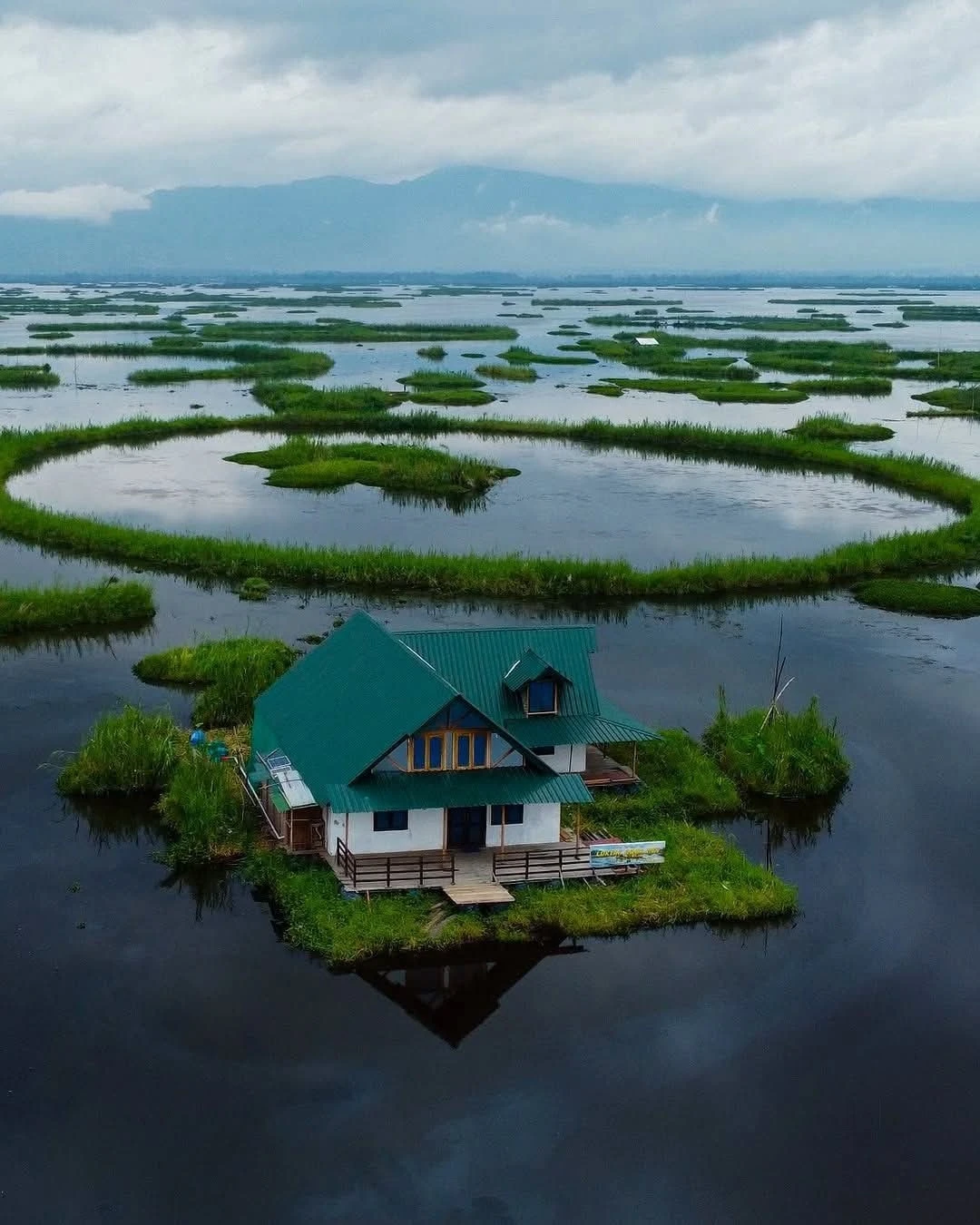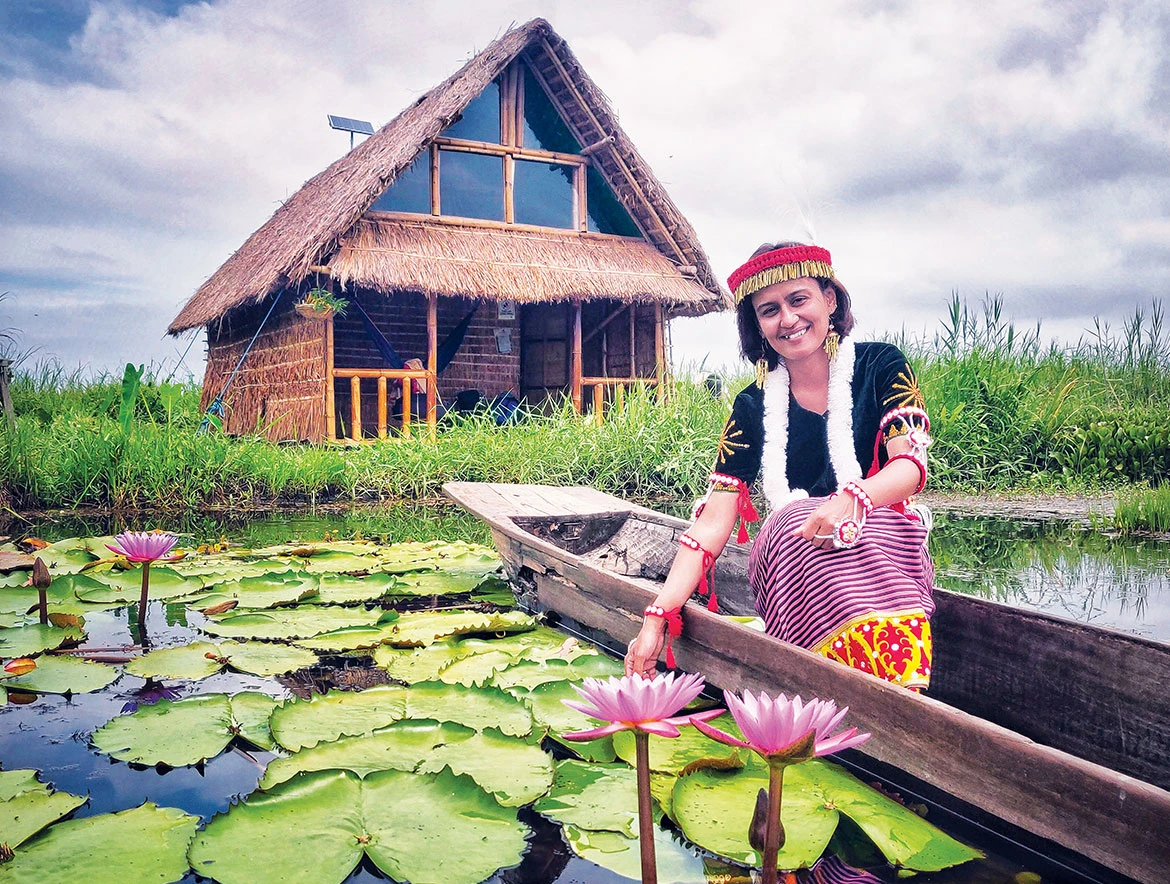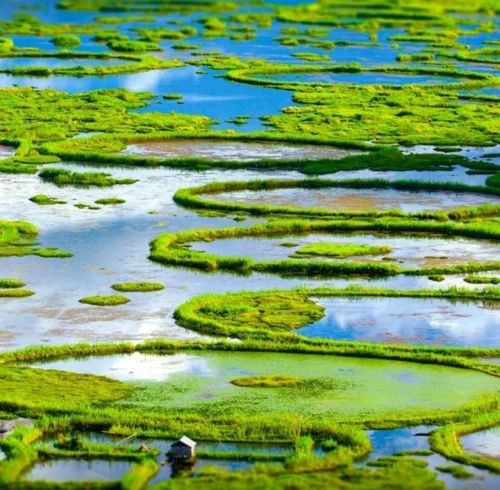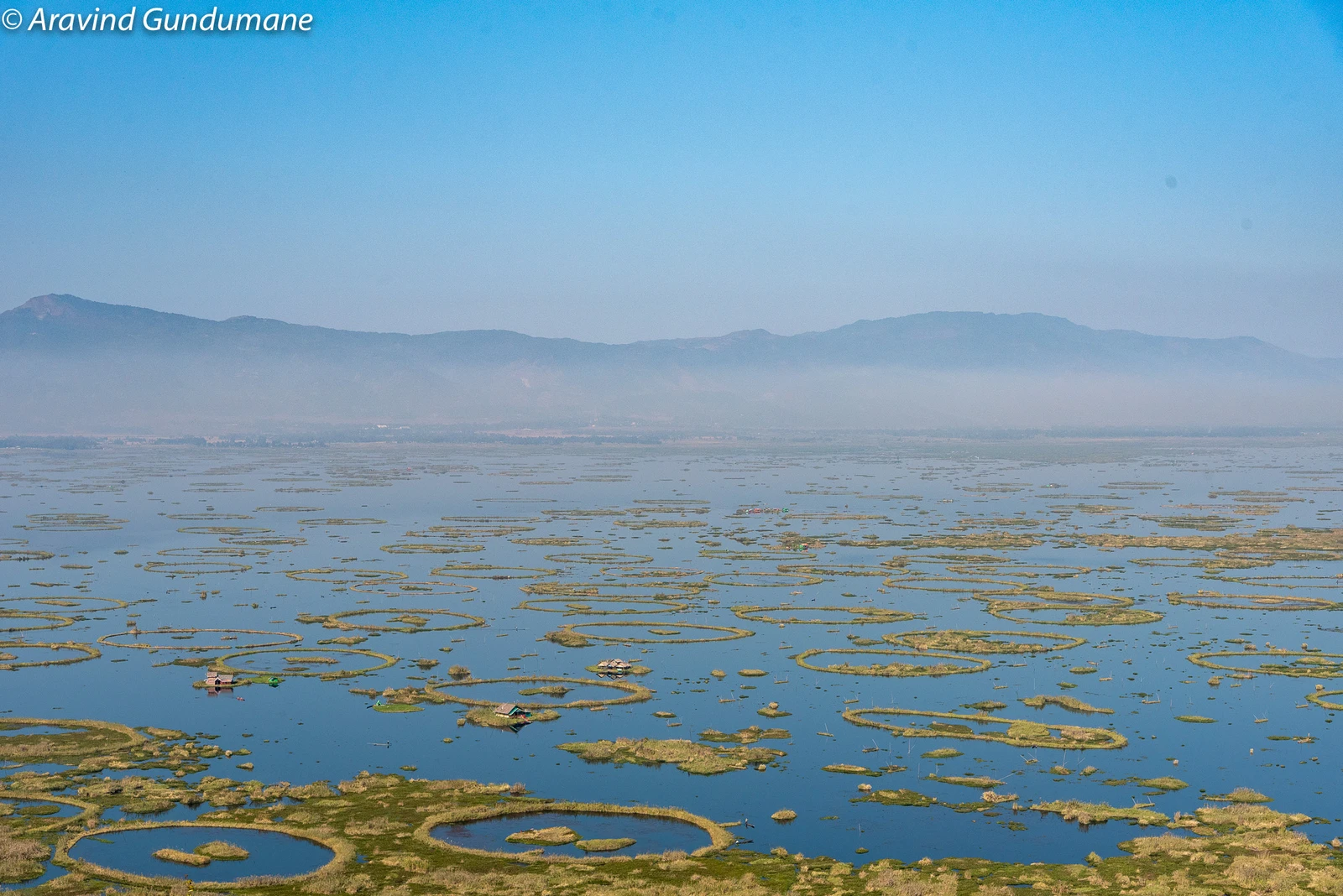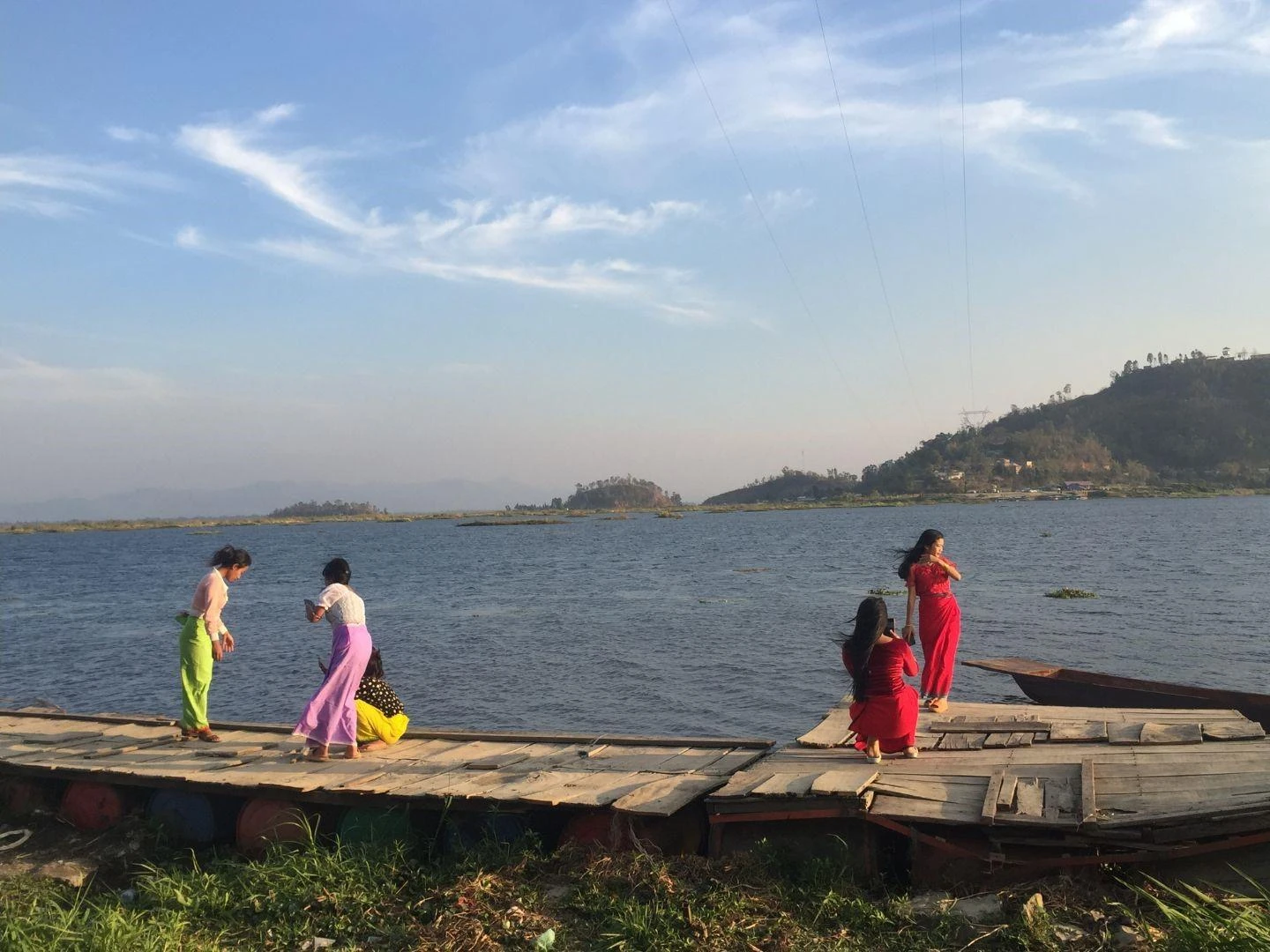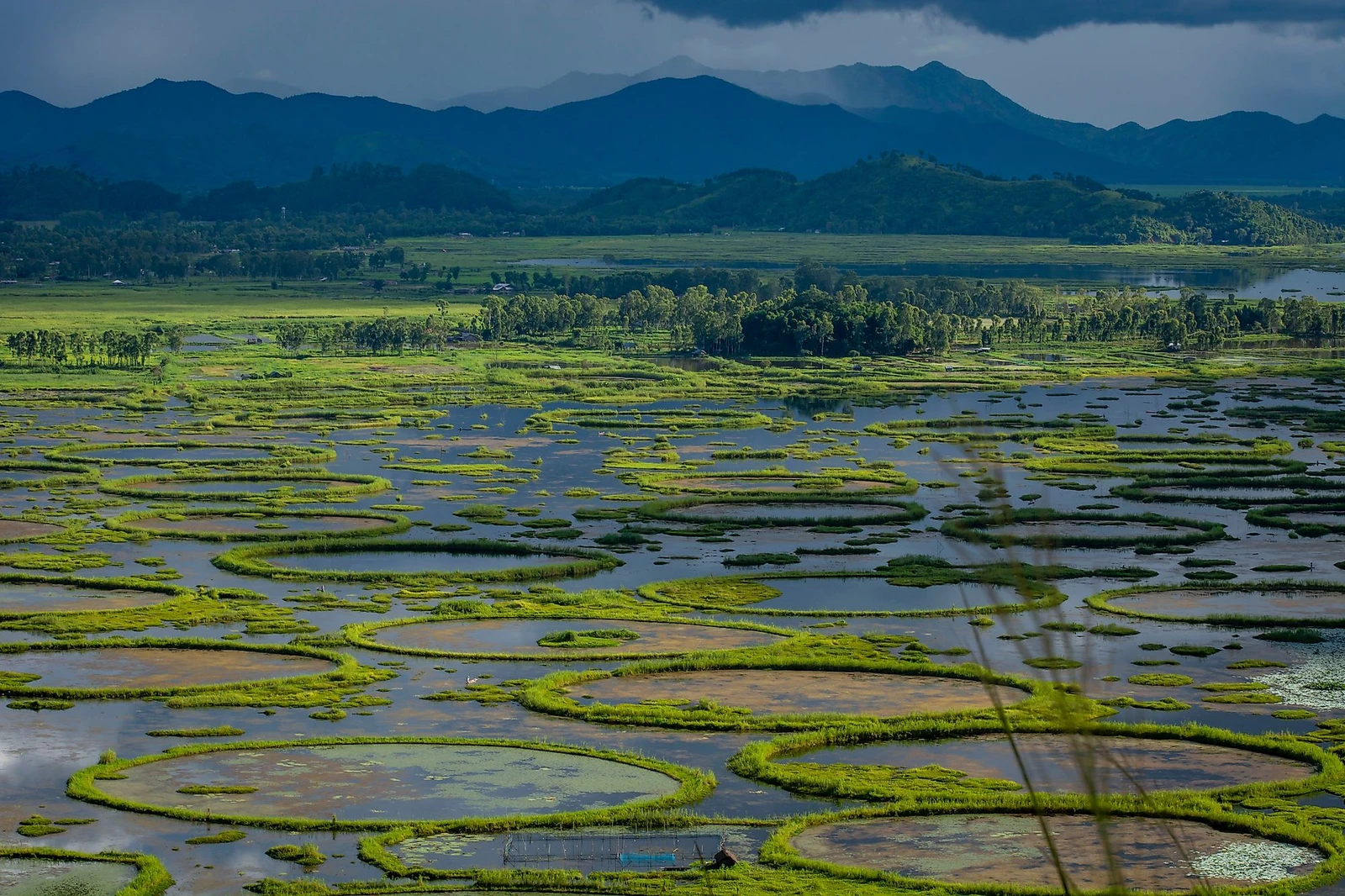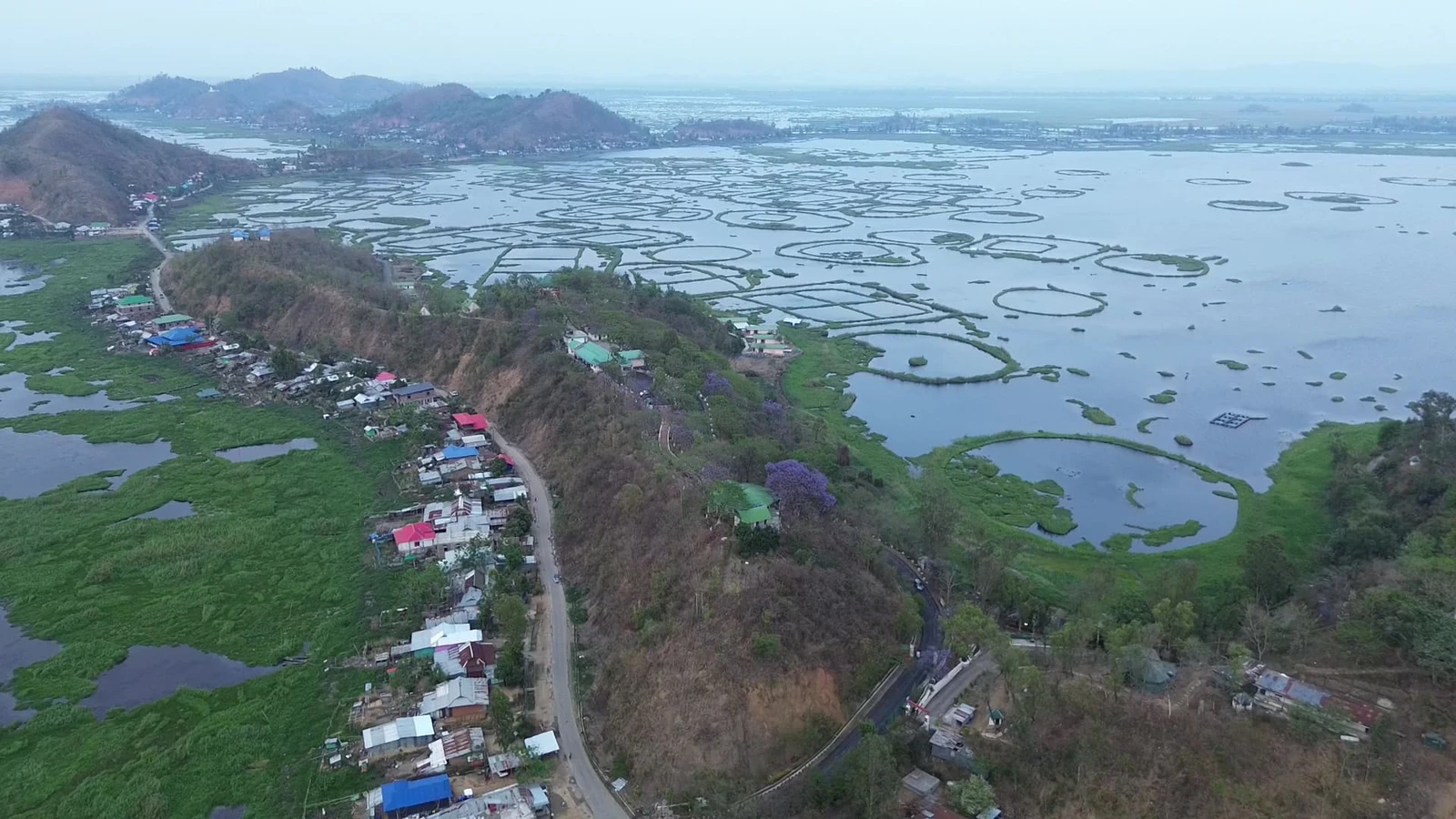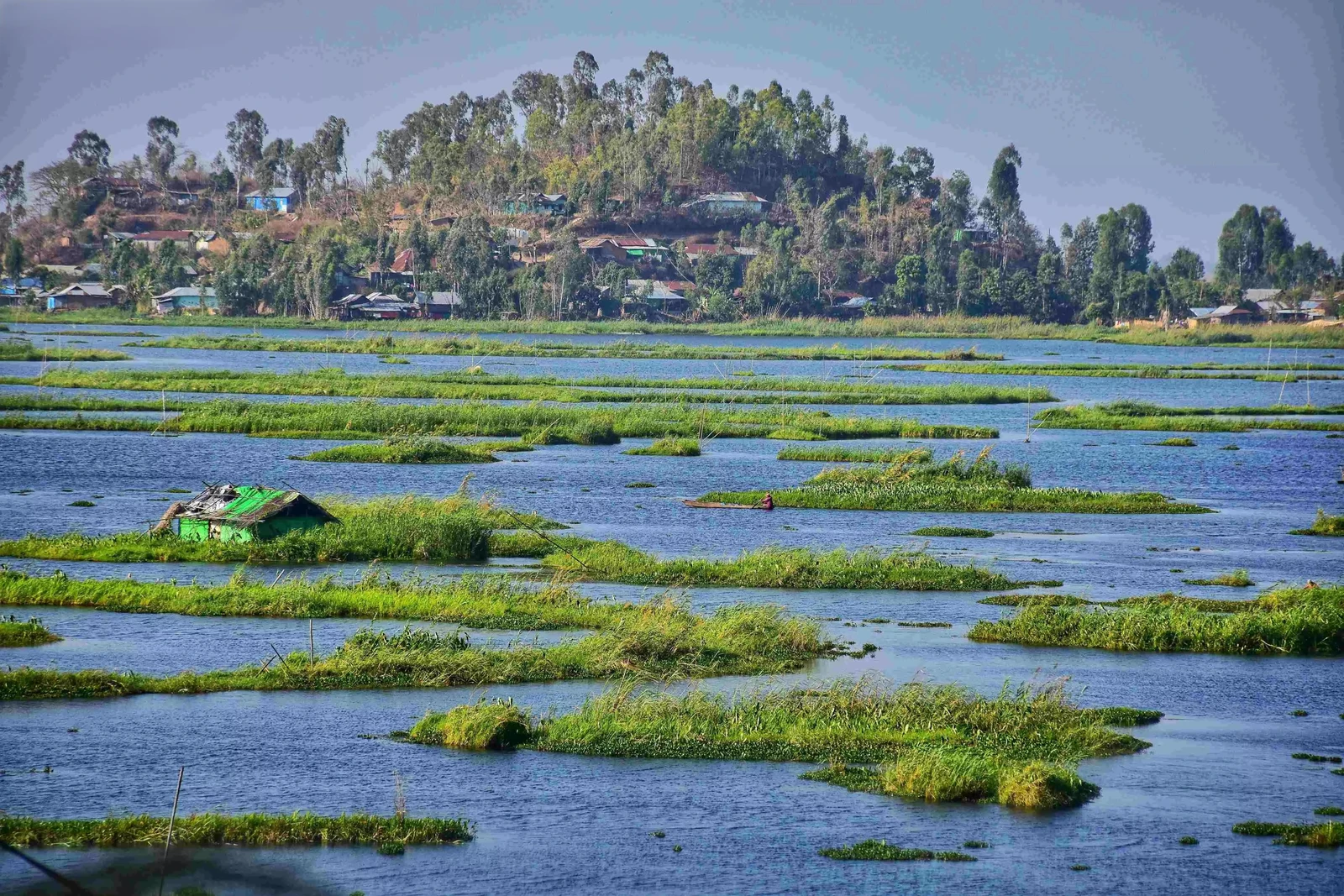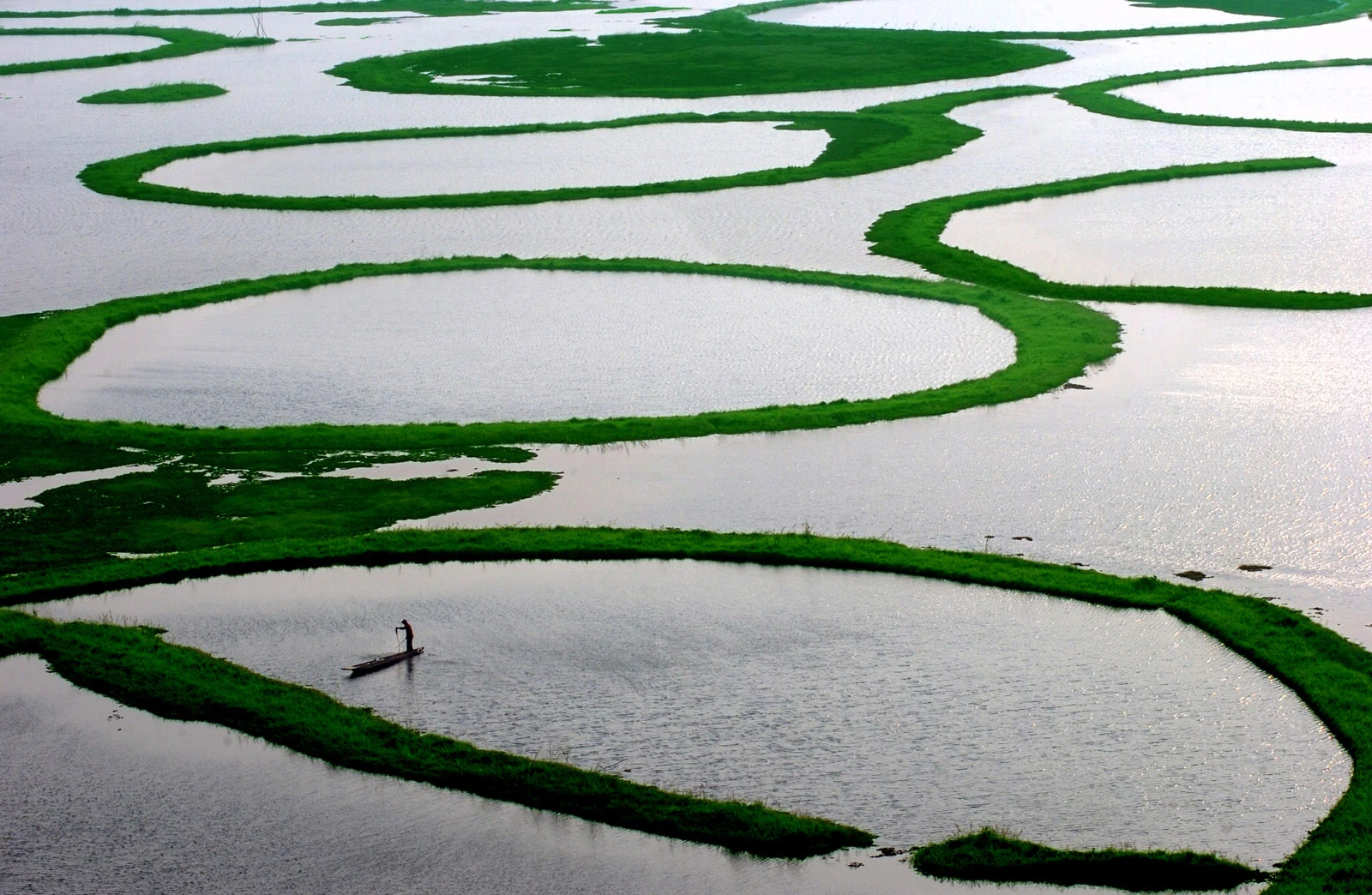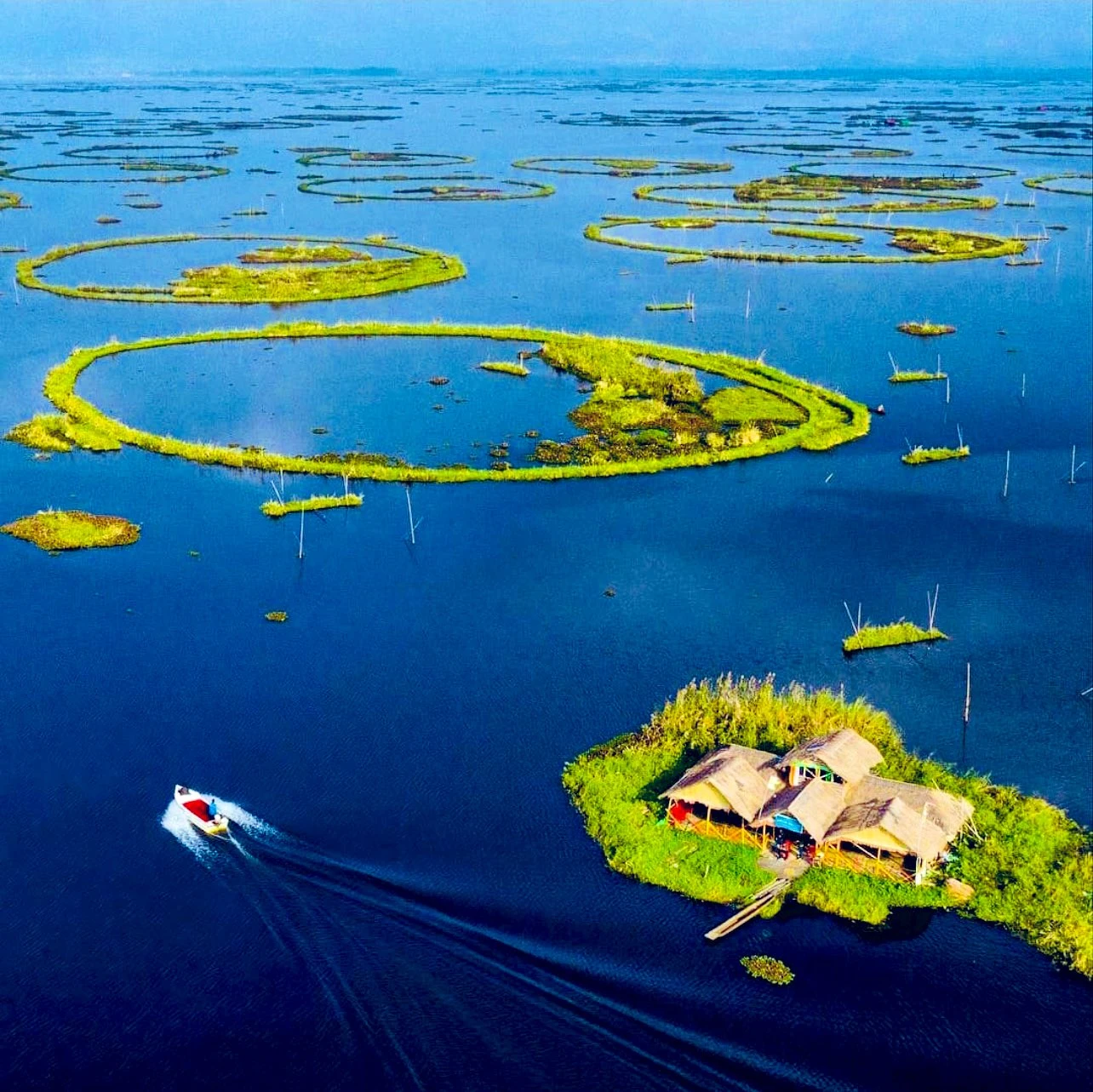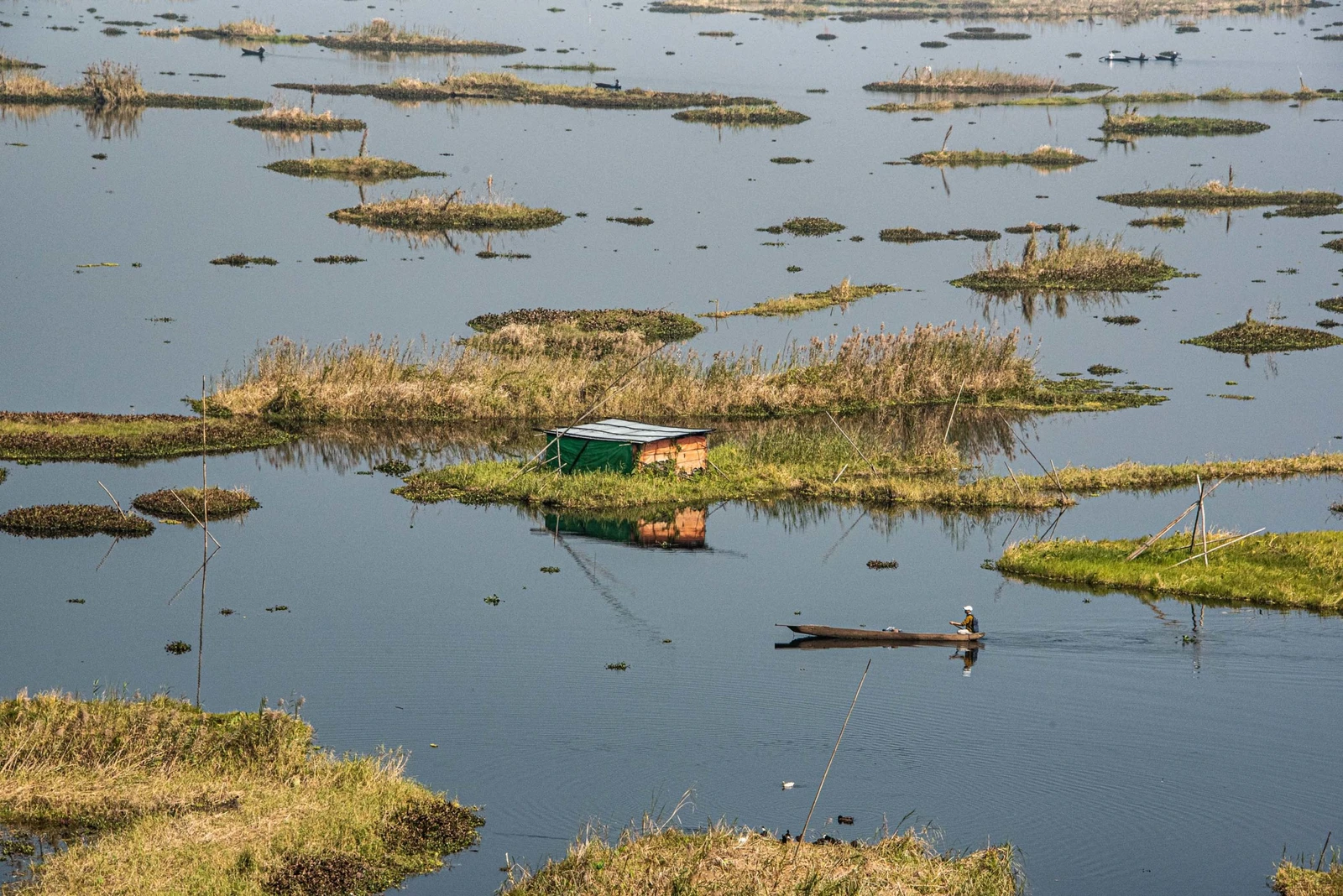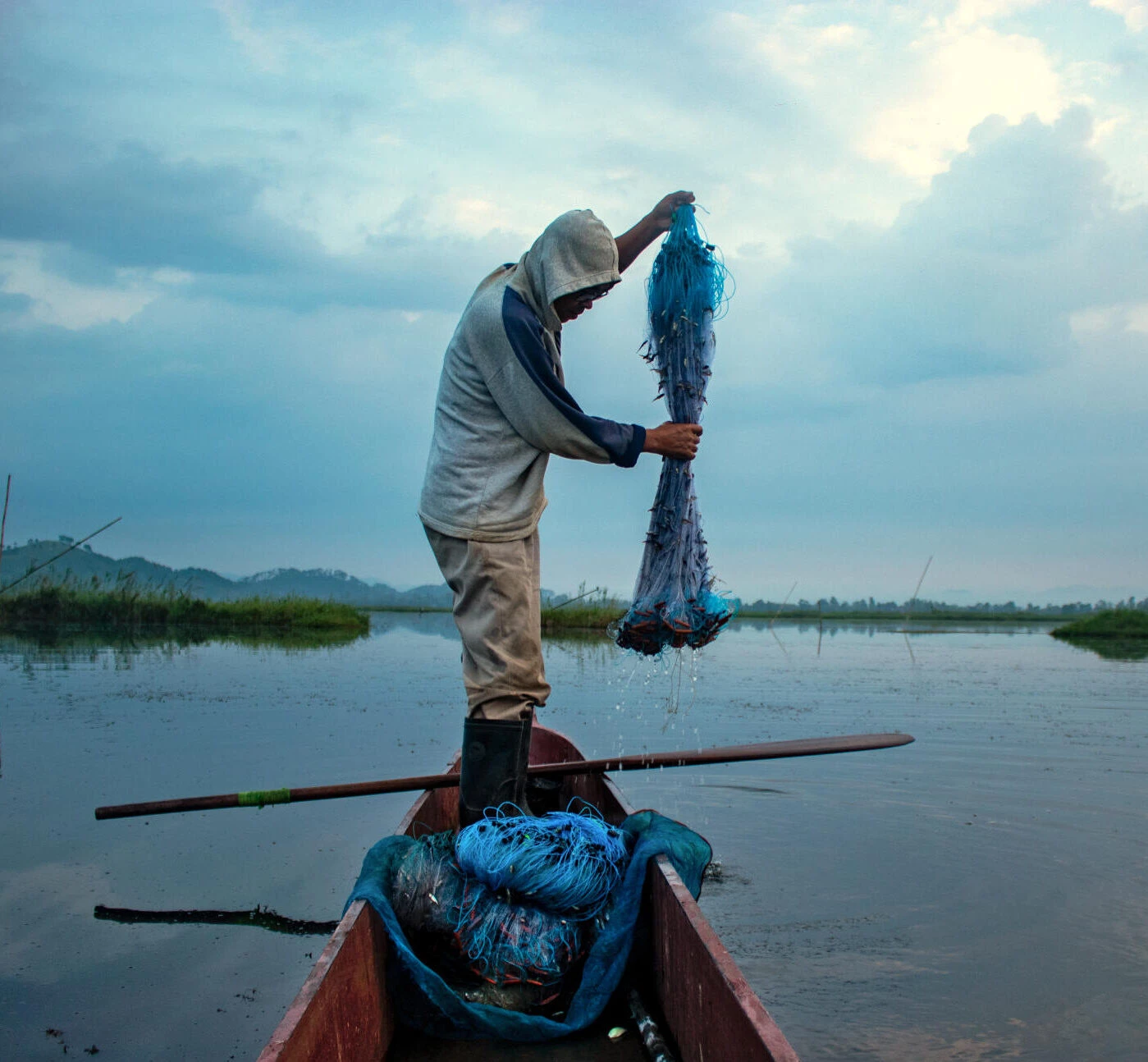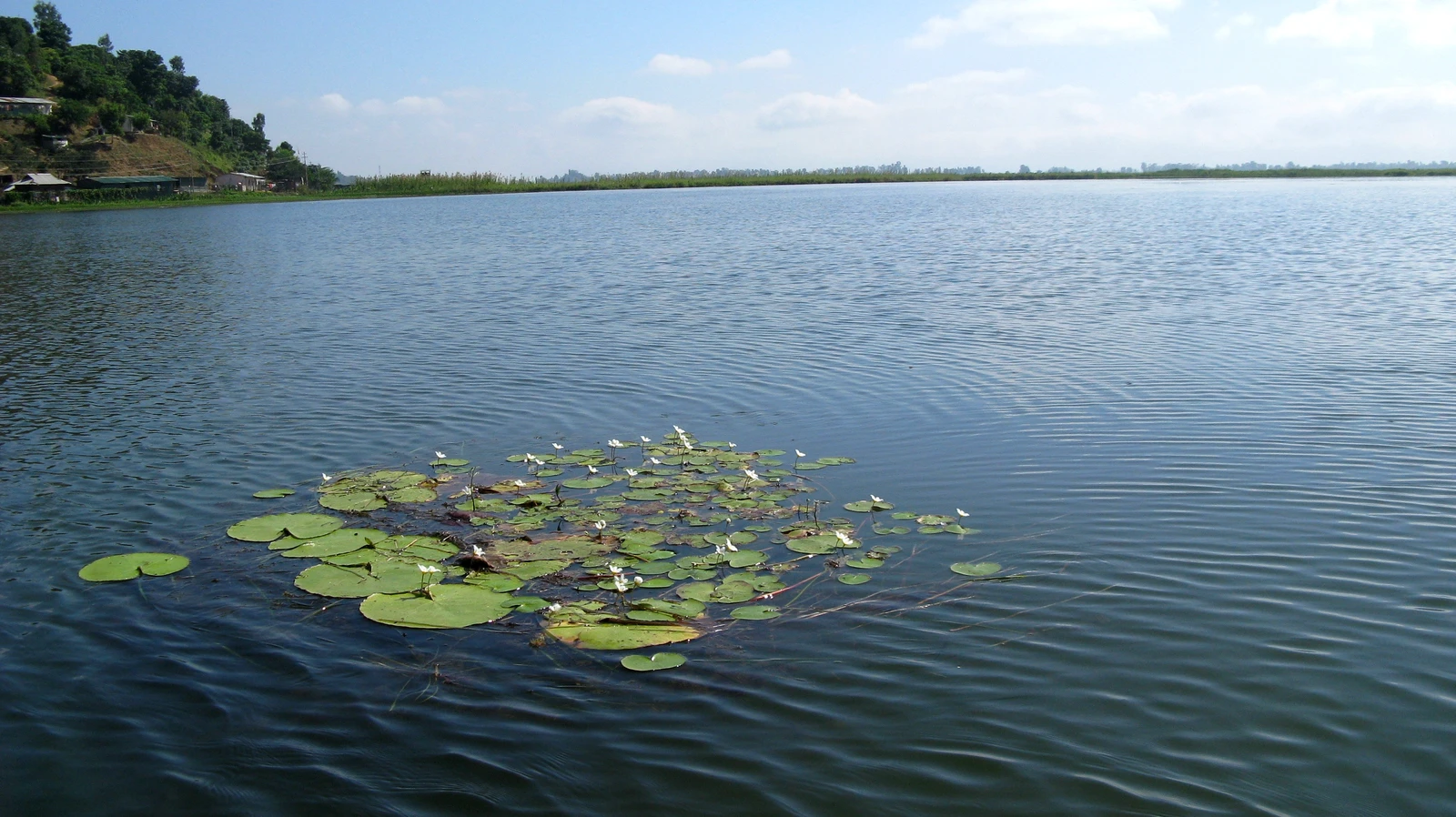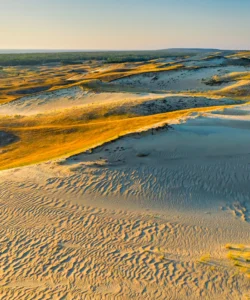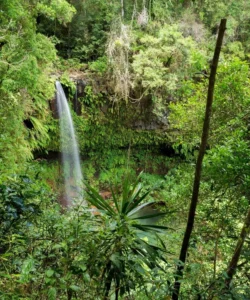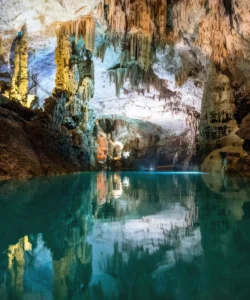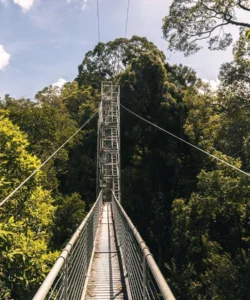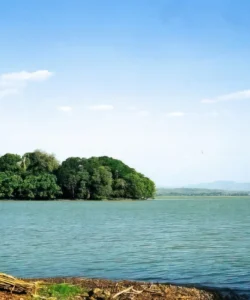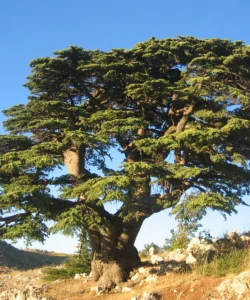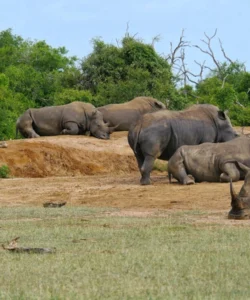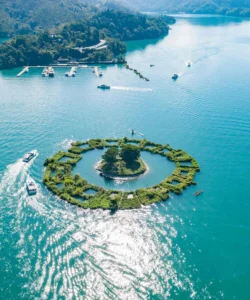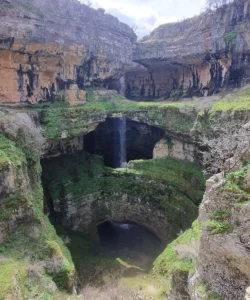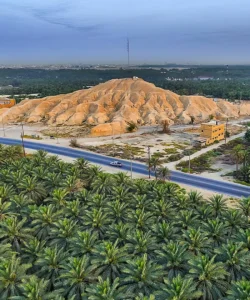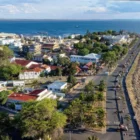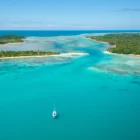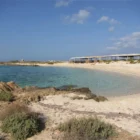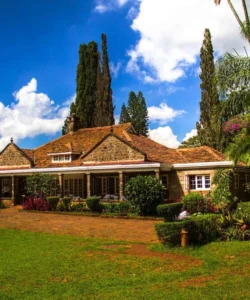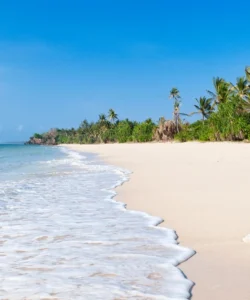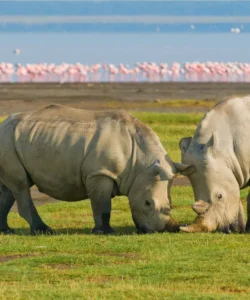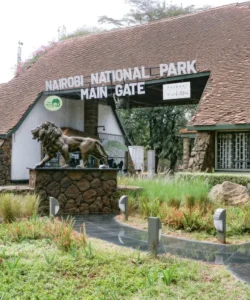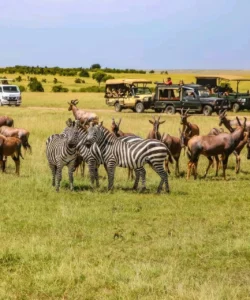Loktak Lake is a truly unique natural wonder located in the state of Manipur, in Northeast India. It’s renowned globally as the world’s only “floating lake” due to the presence of large, circular floating islands called phumdis, which are heterogeneous masses of vegetation, soil, and organic matter. This extraordinary ecosystem supports a distinctive way of life for local fishing communities and is home to the world’s only floating national park.

Name: Loktak Lake (Meitei: Loktak Pat, where “Lok” means stream and “tak” means the end)
Address: Loktak Lake is located near the town of Moirang, in the Bishnupur District of Manipur state, India. It’s approximately 55 kilometers (34 miles) south of Imphal, the capital city of Manipur.
How to Get There:
Access to Loktak Lake typically involves reaching Imphal, and then taking local transport.
- By Air: The closest airport is Imphal International Airport (IMF). It has direct flights from major Indian cities like Delhi, Kolkata, Guwahati, and Bengaluru. From Imphal Airport, you can hire a taxi or pre-arranged transfer to Moirang or directly to the lake area (approx. 1.5 – 2 hours drive).
- By Road: Imphal is connected by road to major cities in Northeast India. From Imphal, shared taxis or buses frequently ply to Moirang (about 30 km, 1 hour). From Moirang, you can take another shared taxi, auto-rickshaw, or bemo (local minibus) to specific points on the lake like Sendra or Thanga.
- Organized Tours: Many local tour operators in Imphal offer day trips or multi-day packages to Loktak Lake, often including transport and a boat ride.
- Getting Around the Lake:
- Boat Rides: Local “passenger” boats are a common way to explore the lake, navigate through the phumdis, and visit specific floating huts or the national park. You can hire them for an hour or longer.
- Walking/Cycling: Some parts of the lake and its surrounding villages (like Karang or Thanga islands) can be explored on foot or by renting a bicycle.
- “Phumdi Trekking”: For the adventurous, some of the larger, denser phumdis are stable enough to walk on, offering a unique “bouncy” sensation.
- Best Time to Visit: The best time to visit Loktak Lake is during the cooler, dry season, from October to March. The weather is pleasant, and the water levels are generally lower, which can sometimes make the phumdis appear more distinct.
Landscape and Architecture:
Loktak Lake’s “landscape” is defined by its incredibly unique floating islands and the way human life has adapted to and is intertwined with this aquatic environment. Its “architecture” primarily consists of traditional structures built on these floating masses.
- “Phumdis” (Floating Islands): The most iconic feature of Loktak Lake are the phumdis, which are heterogeneous masses of vegetation, soil, and organic matter at various stages of decomposition. These form circular, spongy islands that literally float on the lake’s surface. Only about 20% of a phumdi‘s mass floats above water, with 80% submerged, giving them a unique buoyancy. They can range in size from a few meters to several kilometers in diameter.
- Natural and Artificial Phumdis: While some phumdis form naturally, local fishermen also construct artificial phumdis (called athaphums) by bundling vegetation, often to create fish-aggregating devices for fishing.
- Keibul Lamjao National Park (The Only Floating National Park): The largest phumdi, covering an area of 40 sq km (15 sq mi), houses the Keibul Lamjao National Park. This is the world’s only floating national park and the last natural habitat of the endangered Sangai (Manipur brow-antlered deer), often called the “dancing deer” due to its delicate gait on the spongy phumdis.
- Vast Freshwater Lake: Loktak is the largest freshwater lake in Northeast India, with a surface area that can vary significantly from 250 km² to 500 km² during the rainy season. Its waters are fed by the Manipur River and numerous small rivulets.
- Hills and Surrounding Valleys: The lake is nestled in the Imphal Valley, surrounded by rolling hills, which provide scenic backdrops and vantage points (like Sendra Island) for panoramic views of the floating islands.
- “Phumshangs” (Floating Huts): Local fishermen build small, simple huts called “phumshangs” on the larger phumdis. These floating homes are made from bamboo, mud, and tin, and serve as temporary shelters or permanent residences, allowing fishermen to live directly on the lake and manage their fishing activities. These simple structures are a direct response to the unique environment.
- Fishing Boats: Traditional, narrow wooden fishing canoes are constantly seen navigating the labyrinthine waterways between the phumdis, adding to the visual charm and local character.
- Sendra Island: A small, picturesque island with a tourist home and cafeteria, offering a bird’s-eye view of the lake and its floating islands.
What Makes It Famous:
- World’s Only Floating Lake with Phumdis: Loktak Lake is globally renowned for its truly unique and mesmerizing floating phumdis, which are a rare natural phenomenon. This dynamic landscape of moving islands sets it apart from all other lakes.
- World’s Only Floating National Park (Keibul Lamjao): The presence of the Keibul Lamjao National Park, situated entirely on the largest phumdi, makes it the world’s only floating national park. This is crucial for the conservation of the endangered Sangai deer.
- Habitat of the Sangai (Dancing Deer): It’s the last natural refuge of the highly endangered Sangai deer, making it a vital conservation site and a dream for wildlife enthusiasts.
- Unique Ecosystem and Biodiversity: The lake is a designated Ramsar Site (a wetland of international importance) due to its rich biodiversity, supporting numerous species of aquatic plants, fish, birds (including migratory species), and other wildlife.
- Distinct Local Livelihood: The lake is a lifeline for the local fishing communities who live directly on the phumdis in their floating huts (phumshangs), relying on the lake for their livelihood. This unique way of life is a major cultural attraction.
- Serene and Unexplored Beauty: Despite its natural wonders, Loktak Lake remains relatively less crowded compared to other major tourist destinations in India, offering a peaceful and offbeat experience.
- Cultural and Spiritual Significance: The lake holds deep cultural and spiritual significance for the Meitei people, influencing their traditions, folklore, and daily rituals.
Differences from Some Other Wonders:
- Floating Islands as Primary Feature: While other lakes are famous for their size, depth, or surrounding geology (e.g., Lake Toba for its supervolcanic origin and island, Kelimutu for its changing colors), Loktak Lake’s defining characteristic is its extensive and dynamic floating islands (phumdis). This natural phenomenon makes it unparalleled globally.
- Floating National Park: The existence of an entire national park that floats (Keibul Lamjao) is a completely unique concept and sets Loktak apart from all other national parks worldwide, whether land-based (Jim Corbett, Taman Negara) or island-based (Komodo National Park).
- Human Adaptation to Floating Landscape: The traditional phumshangs (floating huts) where people live and conduct their daily lives on these moving islands showcase a unique form of human adaptation to a dynamic aquatic environment, which is different from typical lakeside or backwater living (e.g., Kerala Backwaters’ houseboats are primarily tourist vessels, not permanent homes for entire communities on a floating landmass).
- Endangered Deer Species (Sangai): The specific critically endangered Sangai deer, known for its unique “dancing” gait on the phumdis, provides a very specific wildlife highlight not found elsewhere.
- Relatively Undiscovered/Offbeat: Compared to highly popular and well-established tourist destinations in India like the Taj Mahal, Red Fort, or the Himayalas, Loktak Lake remains a more offbeat and less-visited wonder, particularly for international tourists, offering a different kind of tranquil exploration.
- Less about Grand Architecture: While it has cultural significance, Loktak’s “architecture” is modest, consisting of traditional, functional floating huts, rather than grand historical monuments (like the temples of Angkor Wat or the palaces of Mysuru).
